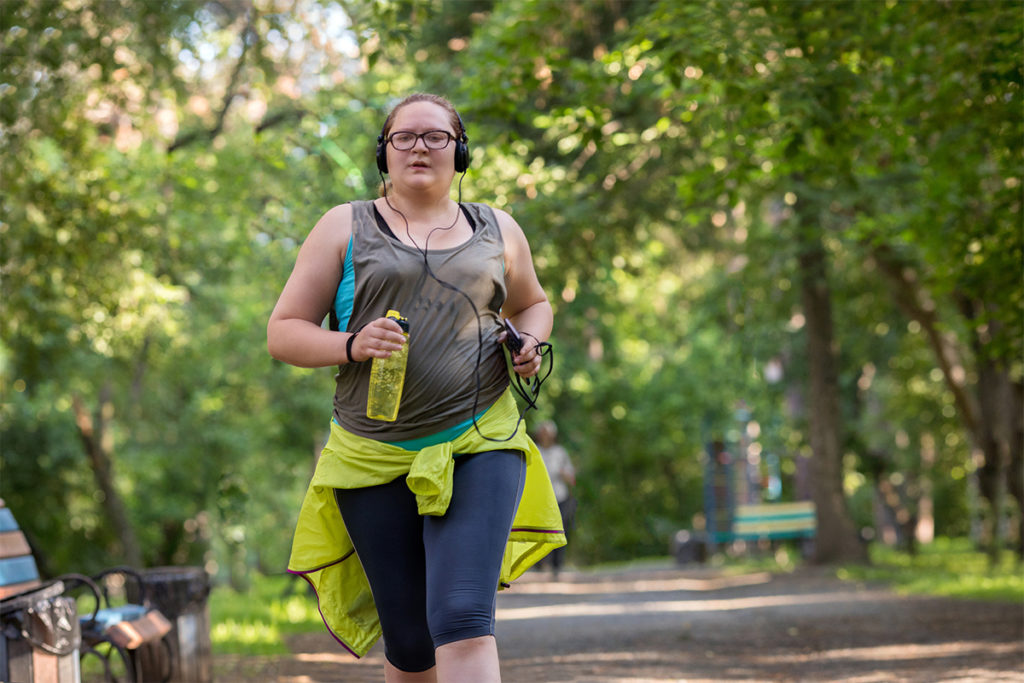Dishing Up the Choicest Cuts from the ADA Conference
Here's a sampler plate of the sessions of most interest to fitness professionals.
St. Louis, Missouri, played host to the 2005 American Dietetic Association’s (ADA) Food & Nutrition Conference & Expo (FNCE) this past October. Chock-full of networking and education opportunities, the fitness event drew dietitians and other healthcare professionals from around the globe. Speaking from personal experience, there’s never been a more exciting and challenging time to work in the field of nutrition, and fitness conference attendees, presenters and exhibitors took full advantage of the educational sessions to let their expertise shine.
A Cornucopia of Hot Topics
Practical coaching techniques for improving nutrition counseling; the unfortunate effects of “globesity”; the hidden costs of supersizing foods; and the benefits of nutrient-dense whole grains all had their moment in the spotlight. Other topics of potential interest to fitness professionals included effective nutrition and lifestyle choices for clients; weight management techniques that really work; ways to increase teens’ fruit and vegetable consumption; strategies for improving micronutrient intake in athletes; and techniques for increasing physical activity in elementary-school children. Several of the sessions offered a dietitian’s take on two of the topics covered in this very issue of IDEA Fitness Journal: first, the trend toward personalized nutrition (see related article on page 52); and second, the increase in the number of bariatric surgeries to help morbidly obese clients lose weight (see article on page 42).
The Push Toward Personalized Nutrition
Ruth DeBusk, PhD, RD, a nutrition consultant in Tallahassee, Florida, and Colleen Fogarty, MS, RD, program director of Nutrigenomics at Interleukin Genetics in Waltham, Massachusetts, presented a fascinating overview of personalized nutrition, also known as “nutrigenomics.” Nutrition professionals are strategically positioned to develop food plans to mitigate problems caused by a client’s genetic profile (e.g., gluten sensitivity) or by potentially harmful environmental effects (e.g., iron poisoning). The presenters shared the following key take-home messages:
- Our genetic information determines much of our physiological function.
- The good news is that the outcome of that genetic information is not necessarily cast in stone and can be improved through diet and exercise.
- People inherit health/disease susceptibilities through the genes that are passed down in families.
- Lifestyle choices—in addition to family history—help determine who among the genetically susceptible will be well or ill.
- Through nutrigenomics, dietetitians will someday play a central role in helping people maximize their genetic potential through personalized food plans.
Tackling Globesity With Small Steps
We know that “baby steps” are the most effective and manageable way to make lifestyle changes, and that is exactly the approach endorsed by presenters James Hill, PhD, of the University of Colorado Health Sciences Center, and Philip James, DSc, MD, chairman of the International Obesity Task Force in London. Hill advocated taking “a small-changes approach” to addressing the international obesity epidemic, which more and more people are calling “globesity.” With weight gain occurring in every segment of the population, he says that it is imperative to help clients make small changes to prevent weight gain; to promote the sustainability of these small changes; and to invoke and support small changes to the environment. Both presenters bemoaned the fact that despite our best efforts to reduce obesity, “the United States and other advanced countries have spent trillions to provide every mechanical, electronic and physical aid possible to remove the need to do any physical activity.” For a practical resource to help clients take the first baby steps, attendees were advised to check out www.americaonthemove.org.
The Burgeoning Field of Bariatric Surgery
In light of the increasing number of weight loss surgeries in the last few years, it was not surprising that two fitness conference presentations focused on bariatric surgery. Dietitians can and will play an integral role in the preliminary as well as the ongoing rehabilitation needs of patients. The first session concentrated on the procedure itself, including the need for preoperative nutritional assessment and the postoperative care to prevent nutritional complications. The second session was devoted to the care of patients in the rehabilitation setting.
Presenters Julie Parrott, MS, RD, a clinical dietitian at Harris Methodist Hospital in Bedford, Texas, and Betty Krauss, RD, manager of nutrition services at Mary Free Bed Hospital and Rehabilitation Center in Grand Rapids, Michigan, provided details on interventions to alleviate postsurgical complications and to ensure adequate nutritional intake to promote healing. Also covered were ways that dietitians should work with other members of a patient’s healthcare team to sustain weight loss. Examples included helping to review patient lab values; recognizing signs and symptoms of complications; determining the need for supplementation; preventing feeding-tube problems; and identifying postsurgery psychological issues that can affect appetite and recovery.
The Impact of Nutrition on Wound Healing
This session outlined the role of proper nutrition in expediting the wound-healing process. With patients who have sustained a serious wound—as with bariatric-surgery patients—a multidisciplinary approach is often employed, and nutritionists are increasingly being recognized as part of the healthcare team. Presenters S. Kwon Lee, MD, FACS, LWS, a surgeon at Northwest Surgical Associates in Independence, Ohio, and Suzanne C. Cryst, RD, director of nutrition services at the Maria Joseph Living Care Center in Dayton, Ohio, presented the latest research on the many ways that nutrition may impact the healing process, such as ensuring that the patient is consuming an adequate number of calories per day (proper caloric intake is crucial!) and getting appropriate levels of protein and amino acids, vitamins, minerals and fluids.
The presenters delineated various roles that the nutritionist can play in helping to expedite wound care:
- performing a comprehensive nutritional assessment of the patient
- ensuring that caloric needs are being met
- designing a food plan that is based primarily on whole foods
- identifying if and when supplementation is needed
- interacting with and being a resource for other members of the healthcare team, as needed
- performing ongoing review, reassessment and revision of the patient’s long-term feeding or supplementation regimen
If you’d like to learn more about the many interesting sessions presented at the 2005 Food & Nutrition Conference & Expo (FNCE), access the ADA’s website at www.eatright.org and click on “Conferences & Events; FNCE 2005—St. Louis.”





